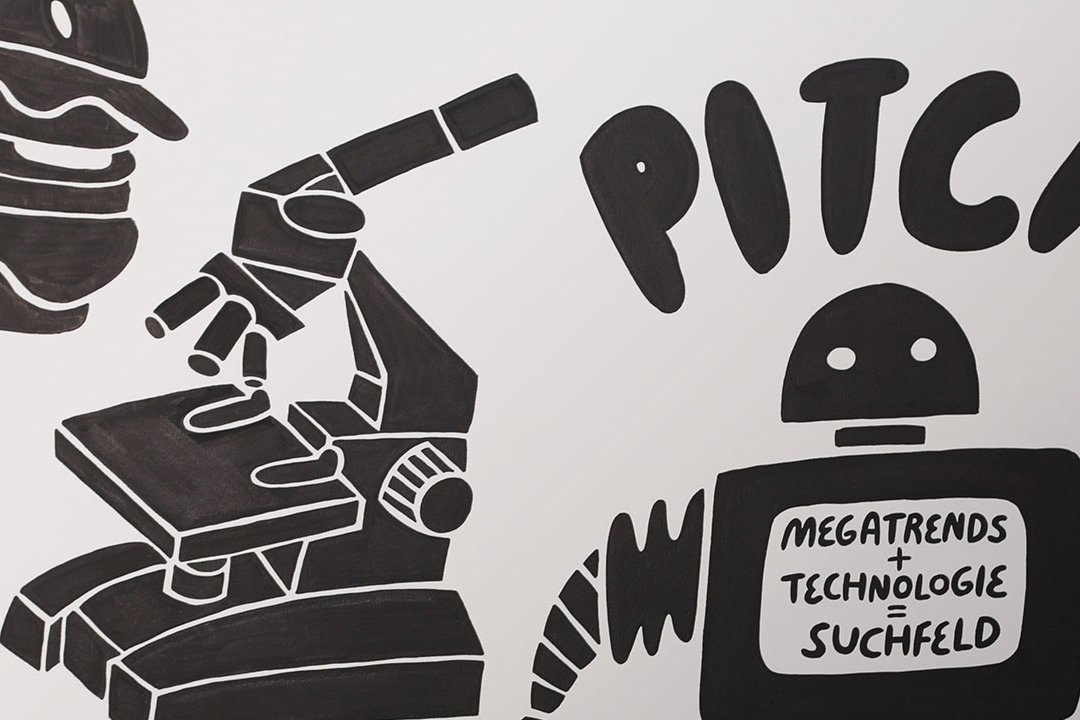Disruptive/radical
Unlike incremental innovation, radical or disruptive innovation can displace and destroy entire markets, existing products and companies. According to Clayton M. Christensen, radical innovations tend to come about in areas and markets that are of no interest to the market leader in terms of margins, for instance. The innovation is usually poor quality at the outset, but then evolves dramatically, becoming a disruptive factor in the high-quality, high-margin market of the market leader. Radical, disruptive innovations require a different approach to incremental ones.



